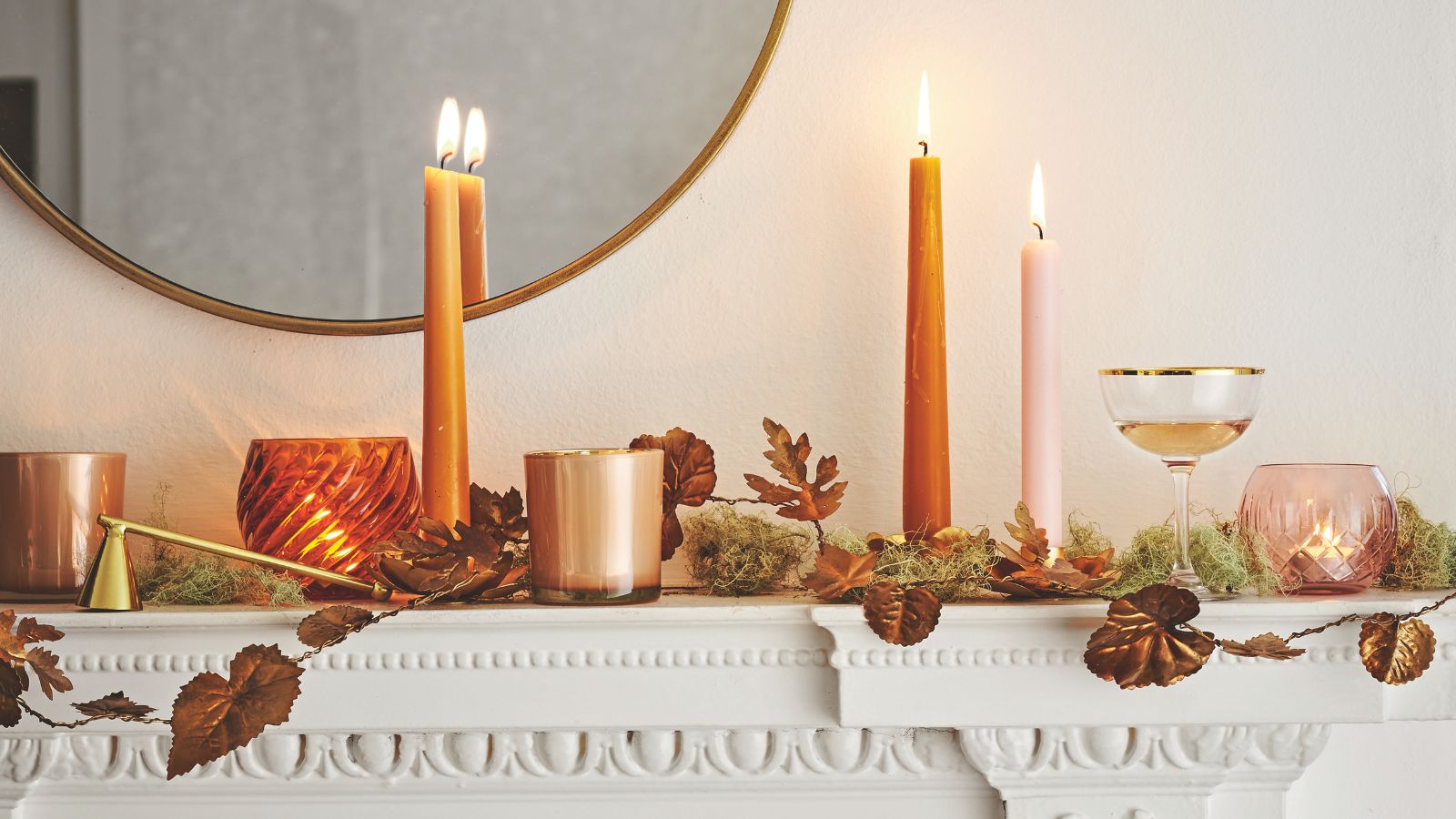
Candles bring warmth, ambience and scent into our homes; yet an often-forgotten safety feature of lighting candles regularly is their container heating up when lit. As each burn creates heat that travels from its flame to the wax wick and container where heat builds gradually over time – this should make anyone lighting candles aware how this works and help ensure safe operation while prolonging its longevity. It is therefore critical that everyone who lights them understands heat distribution, and understanding candle container heat helps ensure proper candle usage with lasting results for consumers as well as producers alike!
Contents
What Is The Approximate Heat Output From A Candle Container?
Candle flames use heat from their flame to melt wax around it, which then gets drawn up through the wick for use as fuel. Some of this energy goes straight into heating up its container, but most is consumed keeping the flame going and melting its pool of wax; container heat results from increasing temperatures.
Heat can create many difficulties if not managed appropriately; too much or not enough heat in a container may break or weaken glass jars, damage surfaces, and cause injuries when touched; too little may create tunnelling (where some wax doesn’t melt completely and the candle burns for less time); thus making regulation key for safety and long life of candles.
Why The Temperature Of A Container Affects Candle Safety
Safety should always come first when considering the heat levels in candle containers. Each material – glass, ceramic, metal, and tin – has an ideal temperature limit that must not be exceeded; otherwise, cracks could form, which pose significant fire risks.
Glass containers that weren’t meant to create candles could heat unevenly and shatter, while metal tins could reach temperatures so hot as to be dangerous to touch – should anyone attempt to move these while burning or shortly thereafter, they risk getting burnt themselves!
To prevent catastrophic incidents from occurring with candles, candle producers and buyers should select containers capable of withstanding prolonged flame exposure, and choose an appropriately sized wick that won’t produce too much heat and damage the container itself. A too large flame from too big of a wick could produce too much heat that damages its surroundings if left exposed for too long.
How The Temperature Of The Container Affects How Long A Candle Burns
Container heat plays an integral part in how long candles burn for, along with safety considerations. A candle that burns too hot may use up its wax quickly and diminish its lifespan; on the other hand, if its container doesn’t heat sufficiently enough then some areas might remain cold so wax wouldn’t evenly melt over its entire surface – wasteful! In both instances uneven burns would result from improper melting, creating uneven and unnecessary waste of candle wax and leading to uneven burns on surfaces across its surface area.
Testing And Controlling The Heat In Candle Containers
As part of their quality control procedure, candle producers typically conduct a “container heat test.” This involves lighting a candle for several hours in an enclosed environment before monitoring its exterior temperature; an ideal target range should be below 150degF (65degC); any temperature exceeding this could potentially become unsafe to handle due to incorrect wick size or wax composition issues.
Conclusion
Heat of candle holders is an inconsequential but crucial aspect in how safely and evenly candles burn, thus contributing to warmth, scent, beauty without risking anyone’s safety. Candle manufacturers strive to regulate this aspect for safe candle manufacturing while people with more experience using candles safely have longer-burning and evener burning candles than others do.